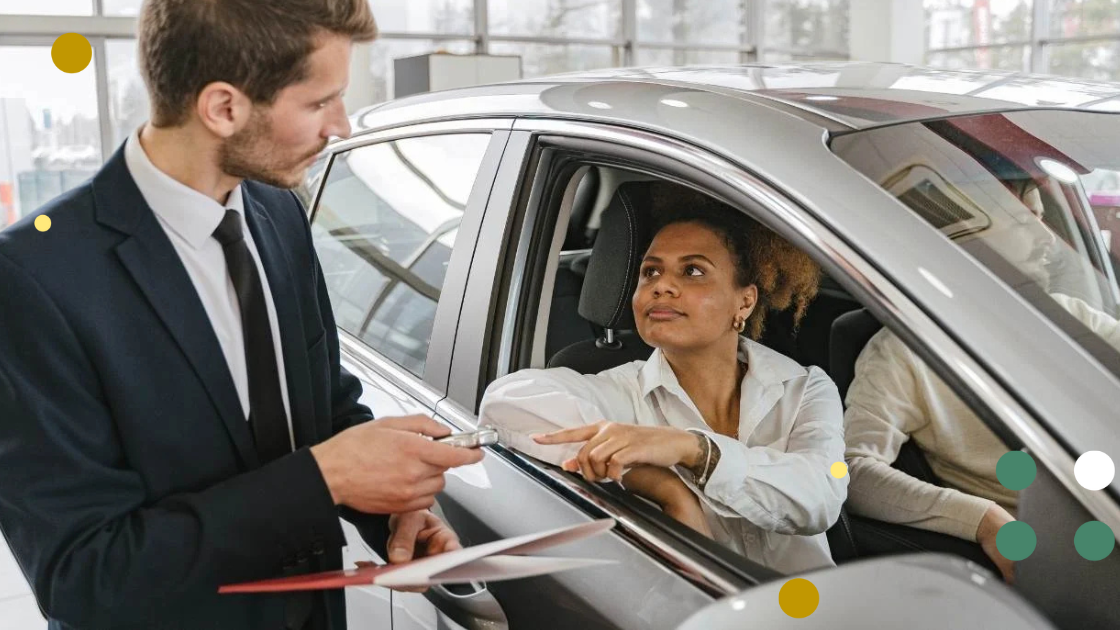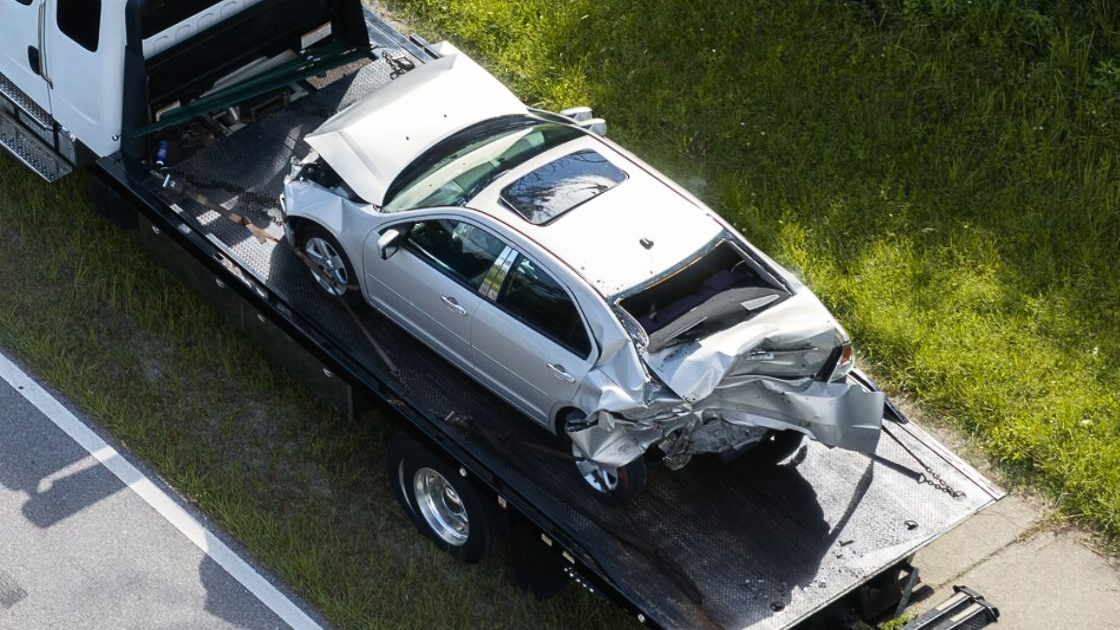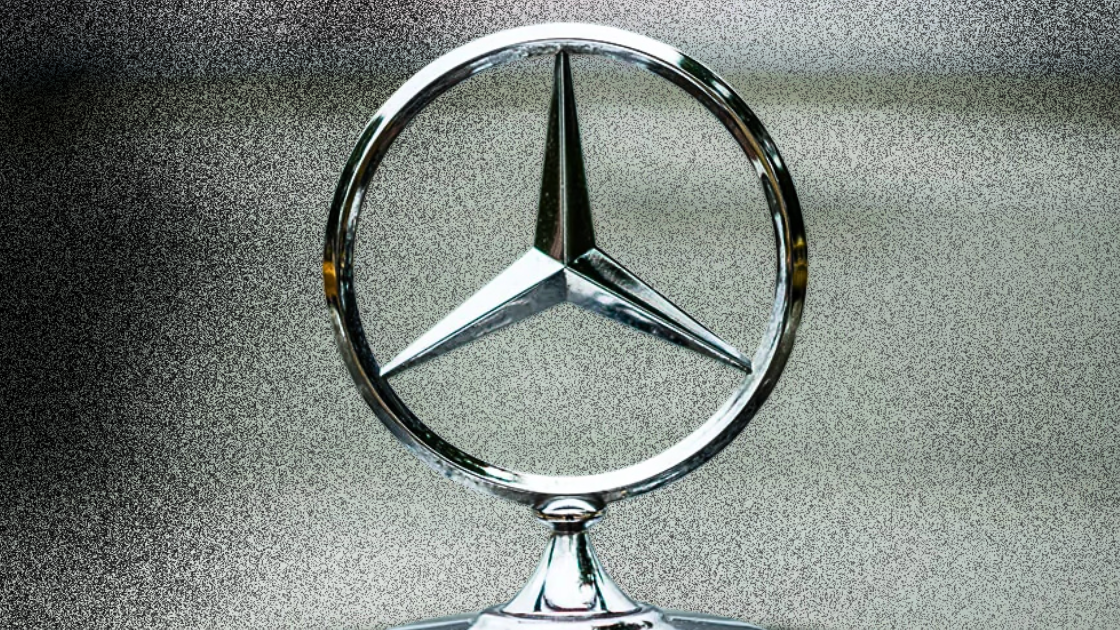
Welcome to another edition of the Car Dealership Guy Podcast Recap newsletter—the key lessons from top operators, founders, and execs shaping the future of auto retail.
Today’s guests are Amol Waishampayan, Co-Founder of Fullthrottle.ai, and David Regn, CEO of Fullthrottle.ai.
We break down what’s really working in dealership advertising right now, what’s getting left behind, and the approach smart dealers are using to reach more buyers.


Dealers are hitting diminishing returns on traditional digital channels.
The lion's share of dealer budgets flows to paid search and paid social, but spending more in these channels no longer guarantees increased sales outcomes.
"We're at an inflection point where people are saturated with, ‘I spent so much money on paid search and paid social,’ but they're not sure where else to go, because they understand search and social, and everything else seems so hard to get their hands around." — Amal Wampayen
This heightens the need for dealers to evaluate whether increased spend is actually driving more business outcomes rather than just more clicks and impressions.

Car buying has never followed a linear path.
Customers don't simply wake up, search for a dealer, and buy a car—they talk to friends and family, research experiences, and seek trusted recommendations before making decisions.
"I always challenge everyone to think about how you buy things, right? Like you're going to talk to friends and family. You're going to talk about where you've bought a car, where you've serviced the car. Have your experiences been good? Have they been great? Do you know a guy? Like, everyone wants to know a guy." — David Ren
This suggests dealers may benefit from investing in brand awareness that influences customers throughout their actual decision-making process rather than optimizing for a linear journey.

Display and connected TV advertising now operates on real-time bidding.
When a customer lands on a website or opens a streaming app, ad inventory is auctioned in milliseconds, similar to how stock markets execute trades based on buyer demand and pricing.
"In the stock market, if I want to buy something, I buy a stock, there's an actual bidding component where it's like, I want to buy it at this price, and in a millisecond…suddenly you may have stock at this price. When you think about display ads and connected TV ads and online video ads, all of this space essentially operates like a stock market, too." — Amal Wampayen
Understanding how vendors access this real-time bidding infrastructure and what visibility dealers have into the process is becoming increasingly important.

Most sales are influenced by multiple media touchpoints.
When examining individual transactions, dealers discover that customers rarely interact with just one advertising channel before making a purchase decision.
"They might have clicked on my Google My Business profile, they clicked on a paid social ad, and they watched my video, too." — David Ren
This reinforces the value of looking beyond last-click attribution to understand how various advertising channels work together throughout the customer journey.
Presented by:
1. Repair360 - If you’re in the used car business, you know wasted time is wasted money. Check out Repair360—the first and only reconditioning software that connects every function in the dealership to tighten recon and help you sell more cars — No more hounding vendors. Goodbye, endless texts and hallway chases. Repair 360 connects all the dots. See where every car is and what its recon is costing minute-to-minute in real time. Go to @ repair360.com
2. Matador AI - Discover why the biggest dealership groups in America are using Matador AI to enhance their Sales and BDC teams to sell and service more cars than ever before. Right now, podcast listeners get the first 30 days risk-free with an included white-glove onboarding, so you can experience the difference in your store. This offer is only available until the end of the month, so don’t wait! Head to matador.ai and book your demo today.
3. Fullthrottle.ai - fullthrottle.ai® is a next-generation AdTech powerhouse. The Automotive DSP™ is built specifically for the auto industry, combining advanced programmatic targeting, real-time bidding, and analytics tailored to drive dealership and OEM performance. With fullthrottle.ai®, marketers can reach the right car shoppers at the right moment and optimize toward real business outcomes like test drives, leads, or sales. fullthrottle.ai bridges the gap between auto media buying and results-driven marketing.

AI call and text screening is changing customer communication.
New smartphone features automatically screen unknown numbers and filter text messages, making traditional outbound communication strategies increasingly difficult to execute effectively.
"I use the new AI assistant from Apple. It screens all of my calls and actually says, 'Who are you? What do you want?' And I see it. The AI actually screens it and talks and says, 'Hey, I'll let Amal know if he's interested, he'll pick up.'" — Amal Wampayen
This evolution suggests dealers may need to prioritize building brand recognition through advertising rather than relying primarily on outbound calls and texts to unfamiliar customers.

Campaign launches have compressed from weeks to minutes.
Traditional advertising required pulling lists, developing creative, coordinating with vendors, and waiting for campaigns to go live, but newer platforms dramatically reduce this timeline.
"We're talking about being able to pull the same type of list parameters, launch that creative, and optimize based on business outcomes in 2 minutes." — David Ren
This speed creates opportunities for dealers to respond quickly to timely market changes or promotional opportunities that previously would have passed.

Media consumption is shifting to AI-powered search.
The advertising landscape has evolved from newspapers to the internet, and now dealers face another major shift as AI platforms like ChatGPT change how customers search for information.
"I think it's just like the newspaper, right? It's been changing slowly over time…we're going to see, the current generation, the next generation, like you said, their purchase journey will be different." — David Ren
Understanding these gradual shifts before they become industry-wide disruptions can help dealers adapt their strategies proactively rather than reactively.

Facility investments need broader media channels to communicate value.
Dealers have spent heavily on upgraded facilities, EV chargers, and technician training, but these investments can't be communicated effectively through paid search or classified listings alone.
"We know that dealers have invested millions and millions of dollars in their facilities, in their EV chargers, in their technicians, all of those things. It can't just be one media tactic that is super saturated and super crowded." — David Ren
Broader advertising channels like connected TV and video allow dealers to showcase these differentiators rather than competing solely on price in search results.

Cross-channel attribution is becoming table stakes.
Dealers need visibility into how all their advertising channels work together to drive sales, not just isolated performance metrics from individual platforms.
"The cool thing in the platform, it's not just showing the media that the platform's running, it's showing other media as well. So there is the built-in attribution where the platform is learning how to optimize itself." — David Ren
Understanding which combination of touchpoints actually drives transactions helps dealers allocate budgets more effectively across their entire marketing mix.

Model-specific and service targeting is becoming standard practice.
Beyond general inventory advertising, focused campaigns targeting previous owners of specific vehicles or customers overdue for service are emerging as effective strategies.
"I want to go after all of my previous Tundra owners because we've got a new Tundra model coming out. So, there's 4,000 previous customers that have bought a Tundra from me. There's 2,000 people that have been shopping for a Tundra over the last 90 days on my website." — David Ren
This level of targeting enables dealers to target different departments and customer segments with tailored messaging, rather than relying on one-size-fits-all campaigns.













